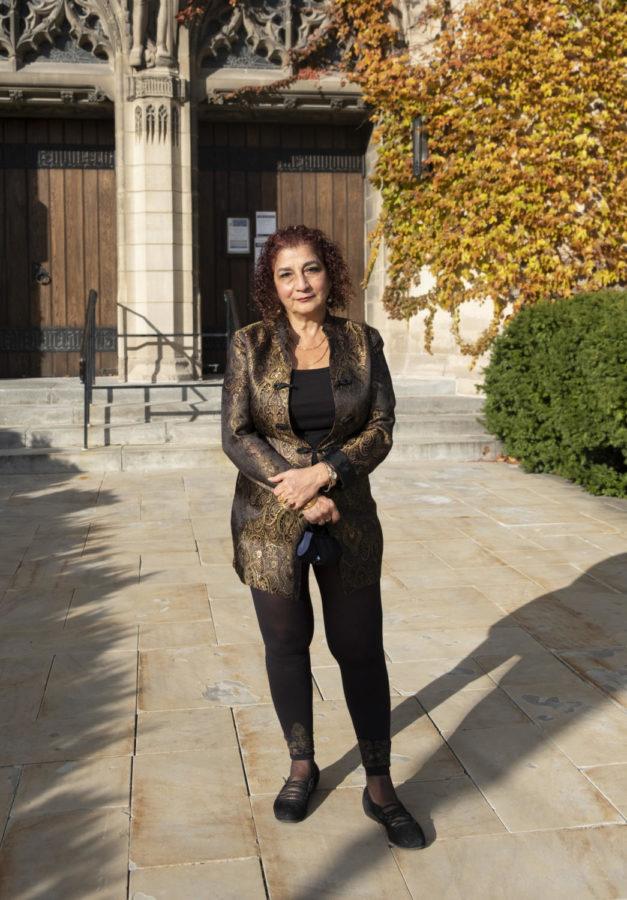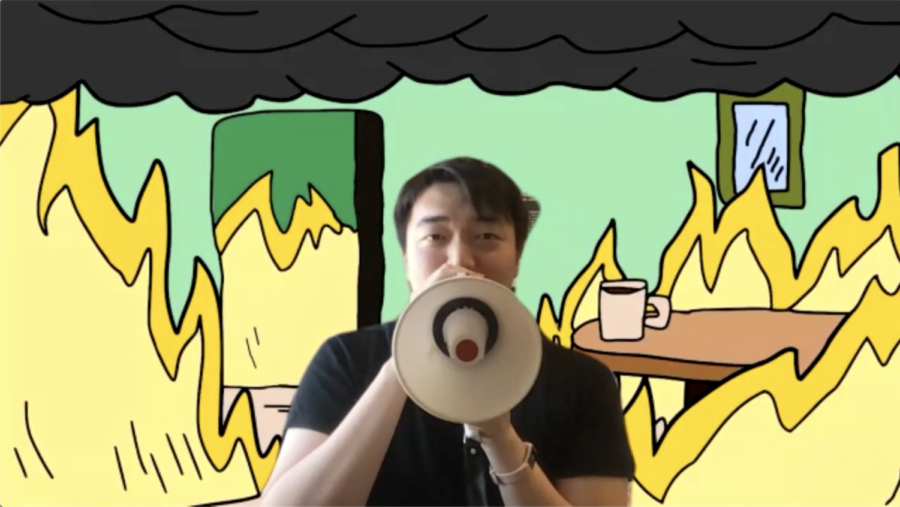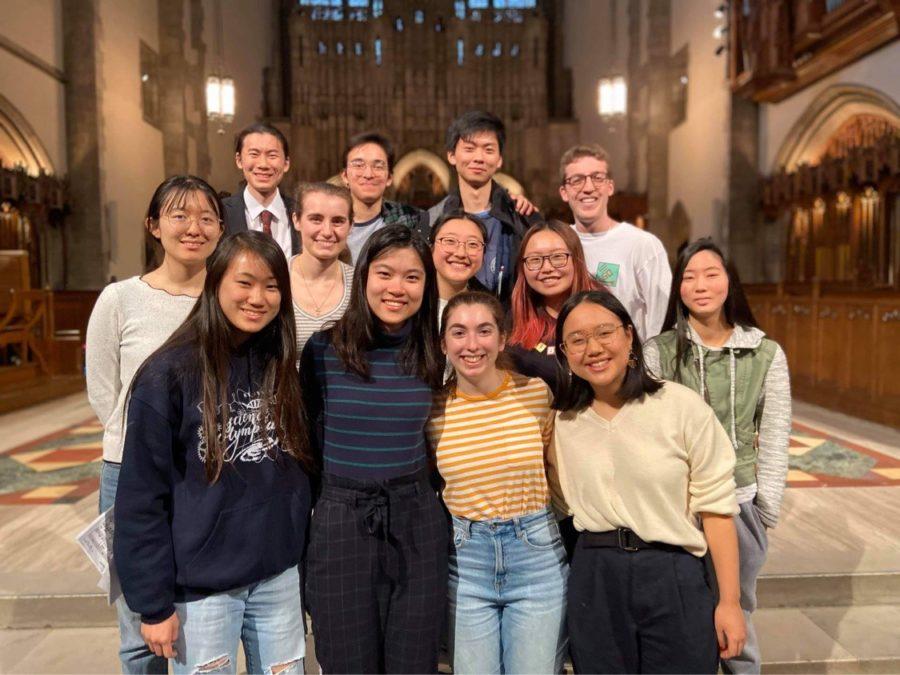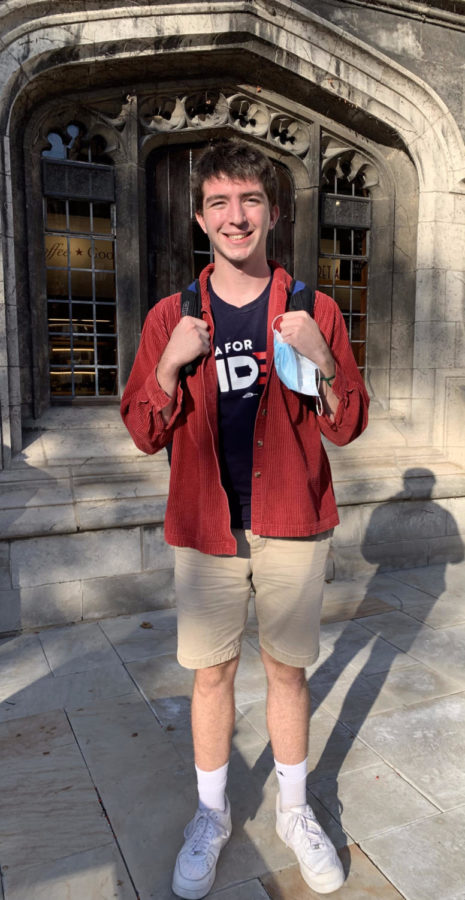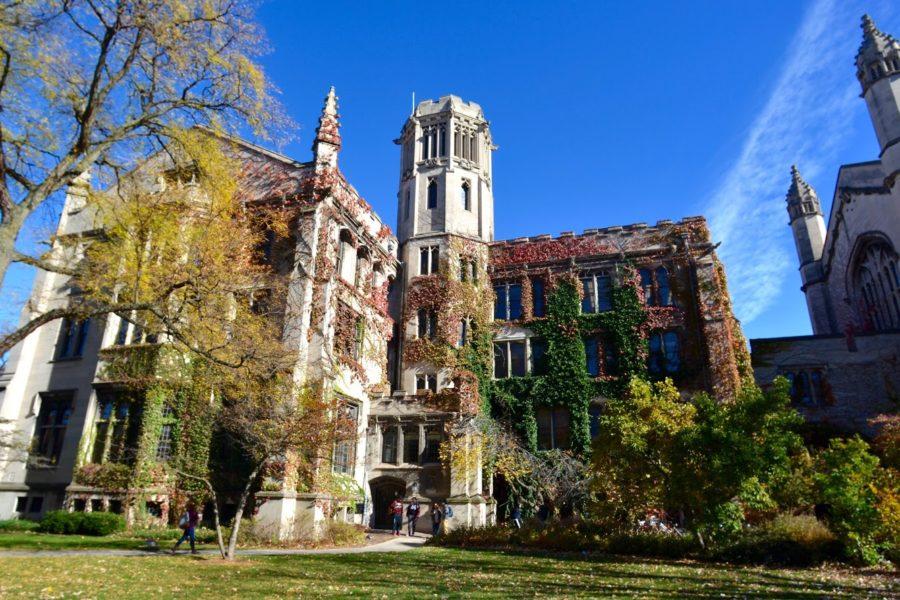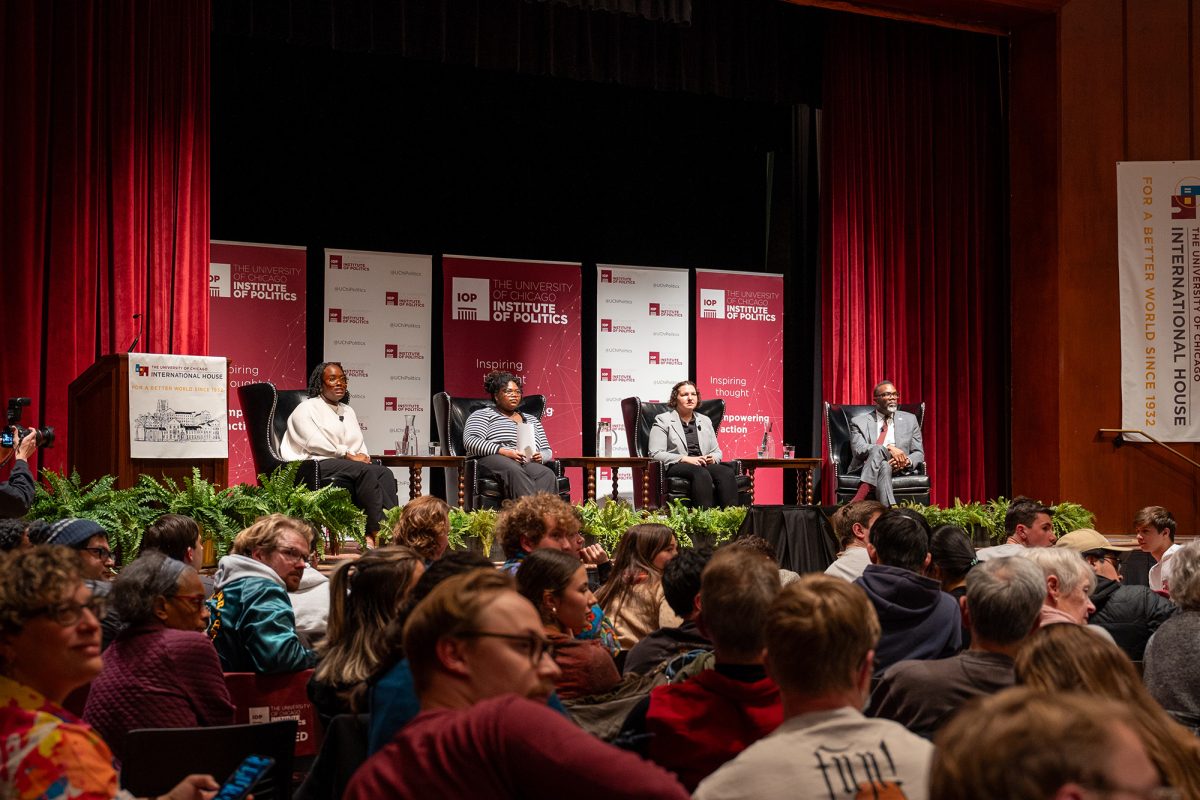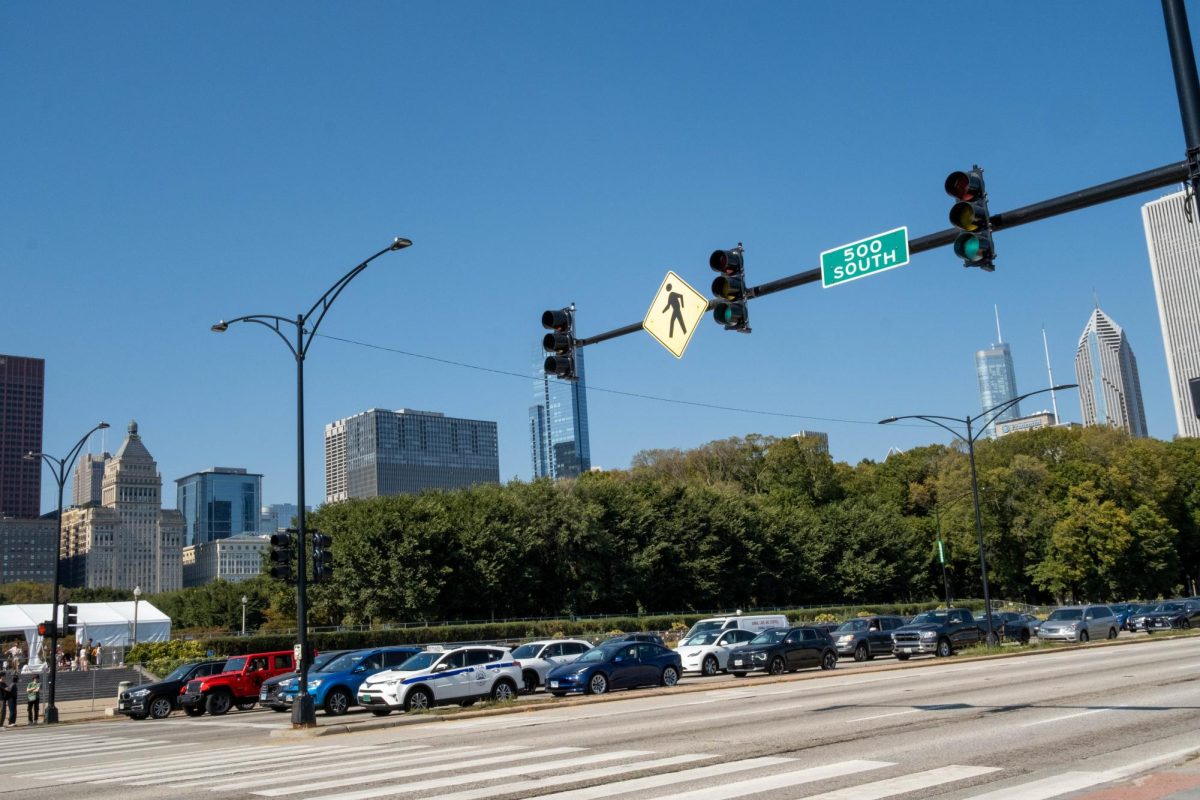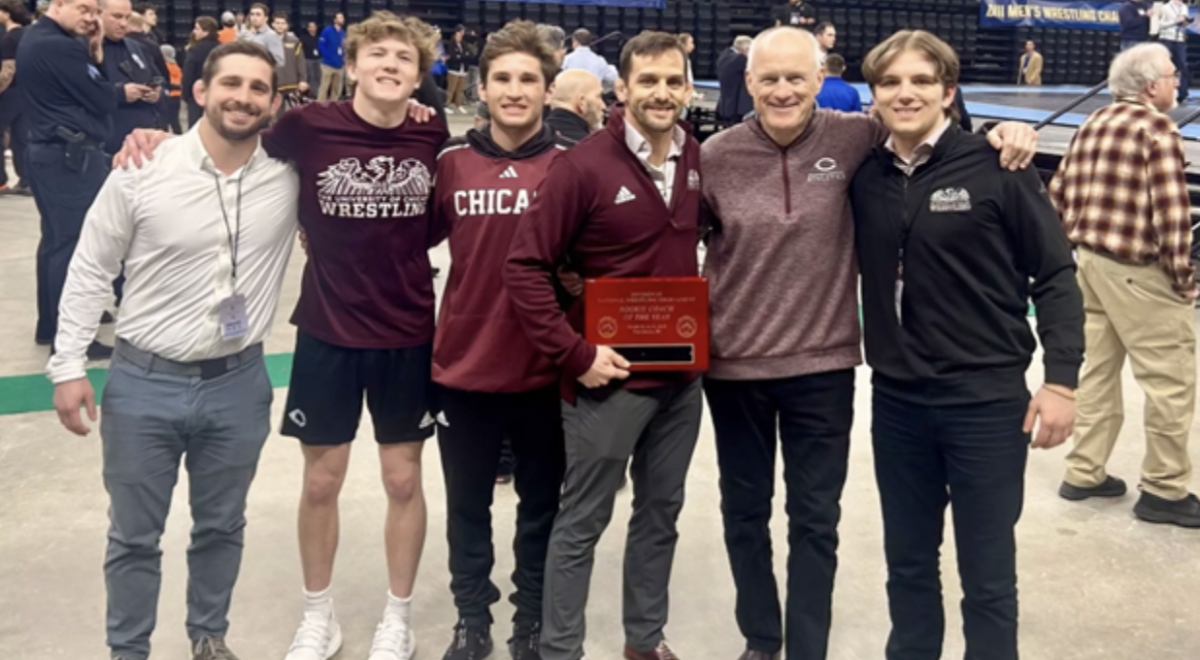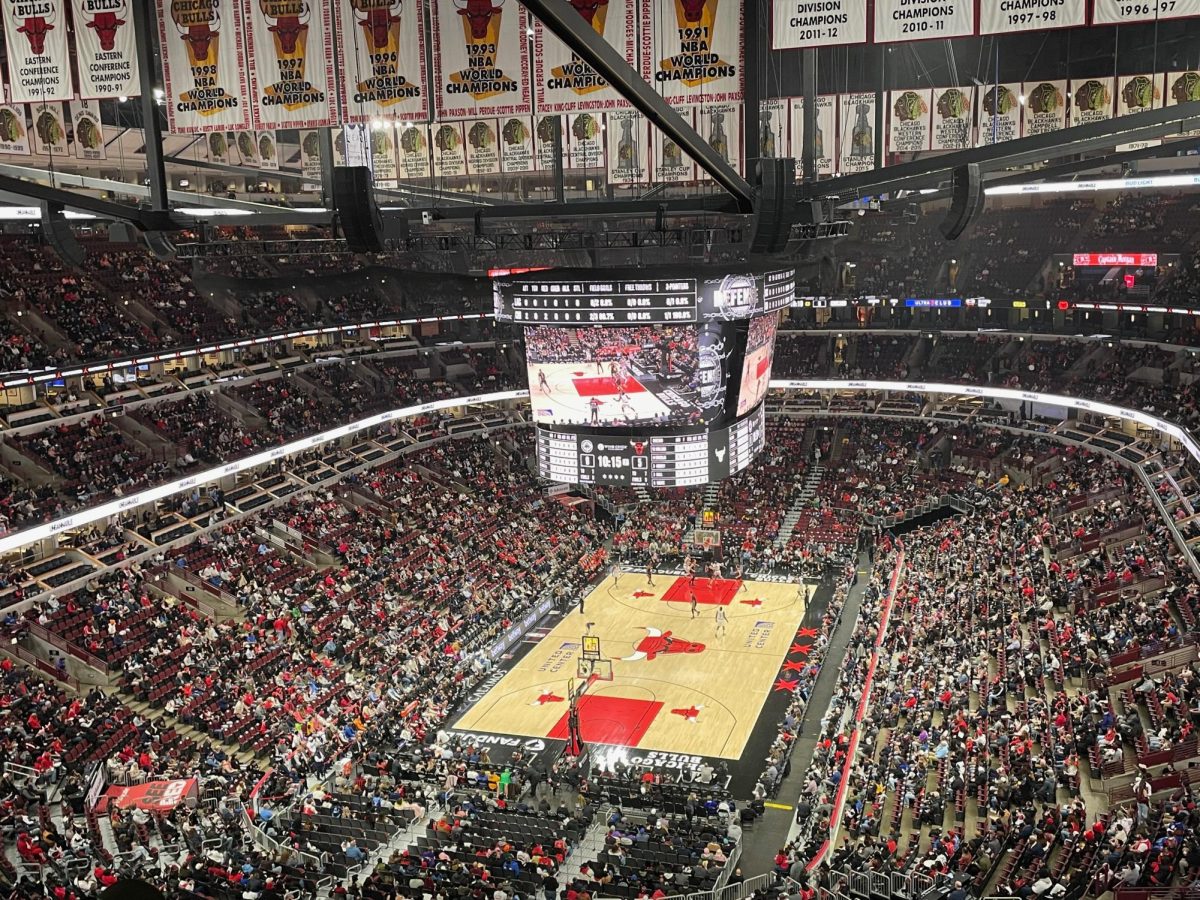The 2020–21 National Football League (NFL) season concluded earlier this month with a Super Bowl that was billed as a titanic matchup between the new and old guard of the sport but instead was a largely forgetful game, evidenced by the worst ratings since 2007. While the ending may have been forgetful, the season will long live in our memories due to the occurrence of the season during a pandemic. The monumental task of playing a 256-game season without a bubble was not an easy task, and there were multiple times where the original plan had to be adapted. However, in terms of playing all the games and for the most part having them played without a team at a significant disadvantage, the season was a success. How did the NFL manage this without a bubble?
First and foremost, the NFL needed a robust testing infrastructure for the players, staff and other essential employees at each of their teams’ home complex. Through the NFL season, it was discovered that more tests does not actually mean more cases. Since August, the league positivity rate was only 0.076 percent with 726 cases out of nearly 960,000 tests on about 7,500 employees per week, according to ESPN’s Kevin Seifert. One strong complaint has been on the number of tests used on professional athletes versus frontline workers. With stories that nurses are unable to get tested or have to still work while waiting for their results, nearly a million tests to allow for a football season to occur seems difficult to justify. However, Allen Sills, the NFL Chief Medical Officer, insisted that “[w]e’ve set up a completely independent supply and logistic pipeline,” and therefore they were not taking tests away from frontline workers. This daily testing allowed for the teams and the league to crack down on any outbreaks occurring.
In addition to a testing infrastructure, the league invested in their contact tracing program as well. According to the NFL COVID-19 protocols, “Players and personnel wear mandatory proximity recording devices when at the club facility, during practices, and during team travel. Players also have them built into their equipment for use on-field in practice and games.” This equipment aided the NFL and teams in determining close contacts and whether a player had to be put into isolation for five days, and requiring negative tests throughout isolation to be cleared back to play. This resulted in some intricate planning to get players on the field when cleared, such as when former Lions quarterback Matthew Stafford was isolated in a hotel for a week, traveled by private plane to Minneapolis, and then started a game all without taking a single practice rep. The contact tracing did result in some competitive imbalances, such as when the Broncos had to start a rookie wide receiver at quarterback due to their entire quarterback room being deemed close contact after a positive test and lack of mask wearing at a prior meeting. Additionally, as the season progressed, mask wearing became increasingly mandatory in different spheres such as on the team planes (most teams used two to aid social distancing) and on the sidelines during the games.
Furthermore, to protect players and staff, all positive cases had to undergo cardiac screening. COVID-19 has caused myocarditis, a condition marked by inflammation of the heart muscle, in some cases. In fact, Major League Baseball (MLB) pitcher Eduardo Rodriguez missed the entire MLB season after developing the condition from COVID-19. Favorably, this was not a common occurrence throughout the NFL. Sills stated that “there was an incredibly low incidence of any kind of cardiac abnormality, and thankfully we did not have anyone who had a severe outcome from that.”
In terms of health of their players, the NFL season was a tremendous success given the low positivity rates and lack of severe cases amongst their players. Clearly, the nearly $100 million spent to mitigate the coronavirus worked. Moreover, there was not a single instance of a player catching COVID-19 from another team’s player during a game likely, due to the lack of continued contact. The plan for next season is still unclear. Will the NFL require all of its players to be vaccinated? Will training camp have to begin virtually, as it did last year? Many questions remain to be answered, but the NFL has seemingly created a framework to play safely in our current environment.



